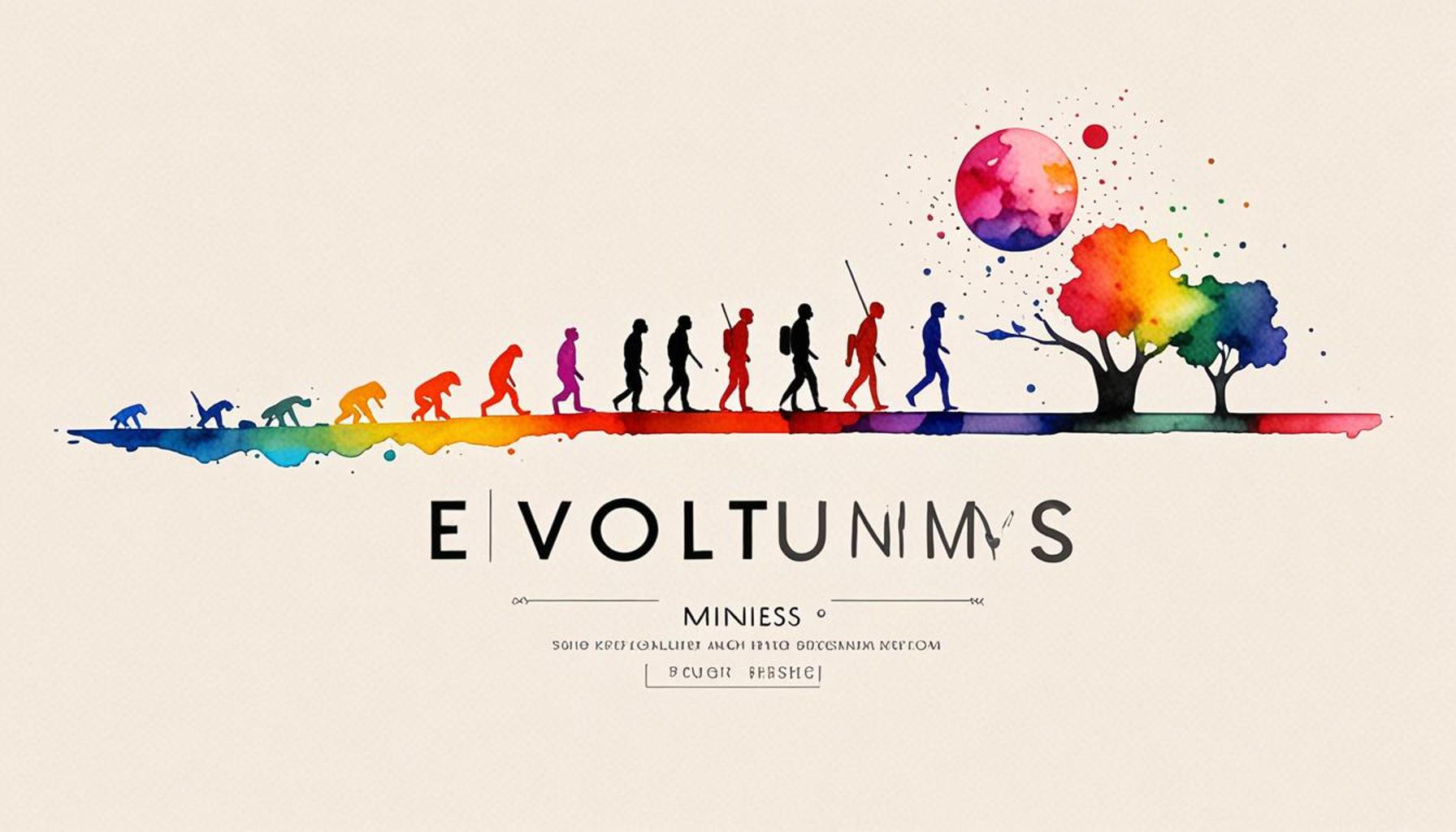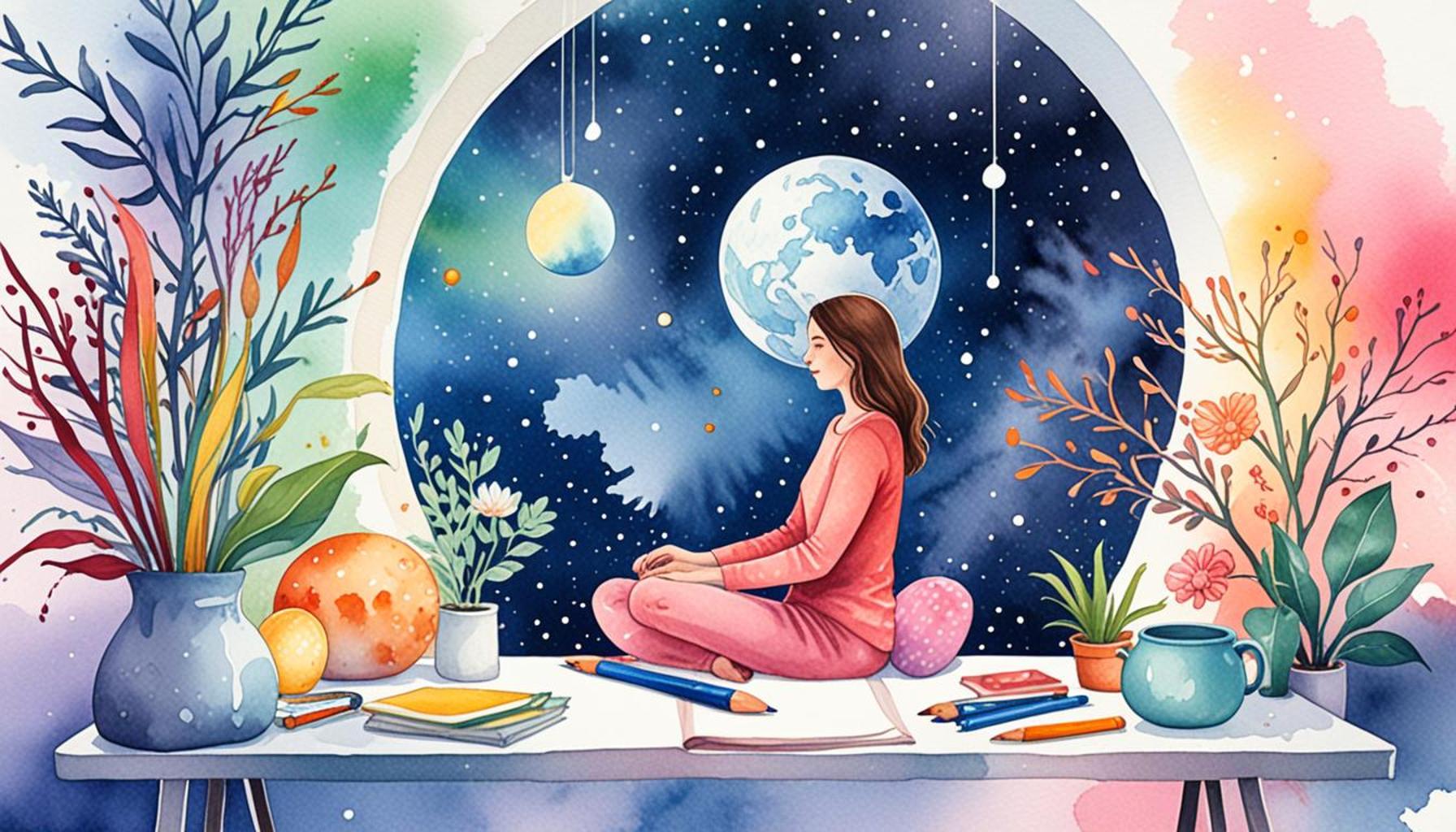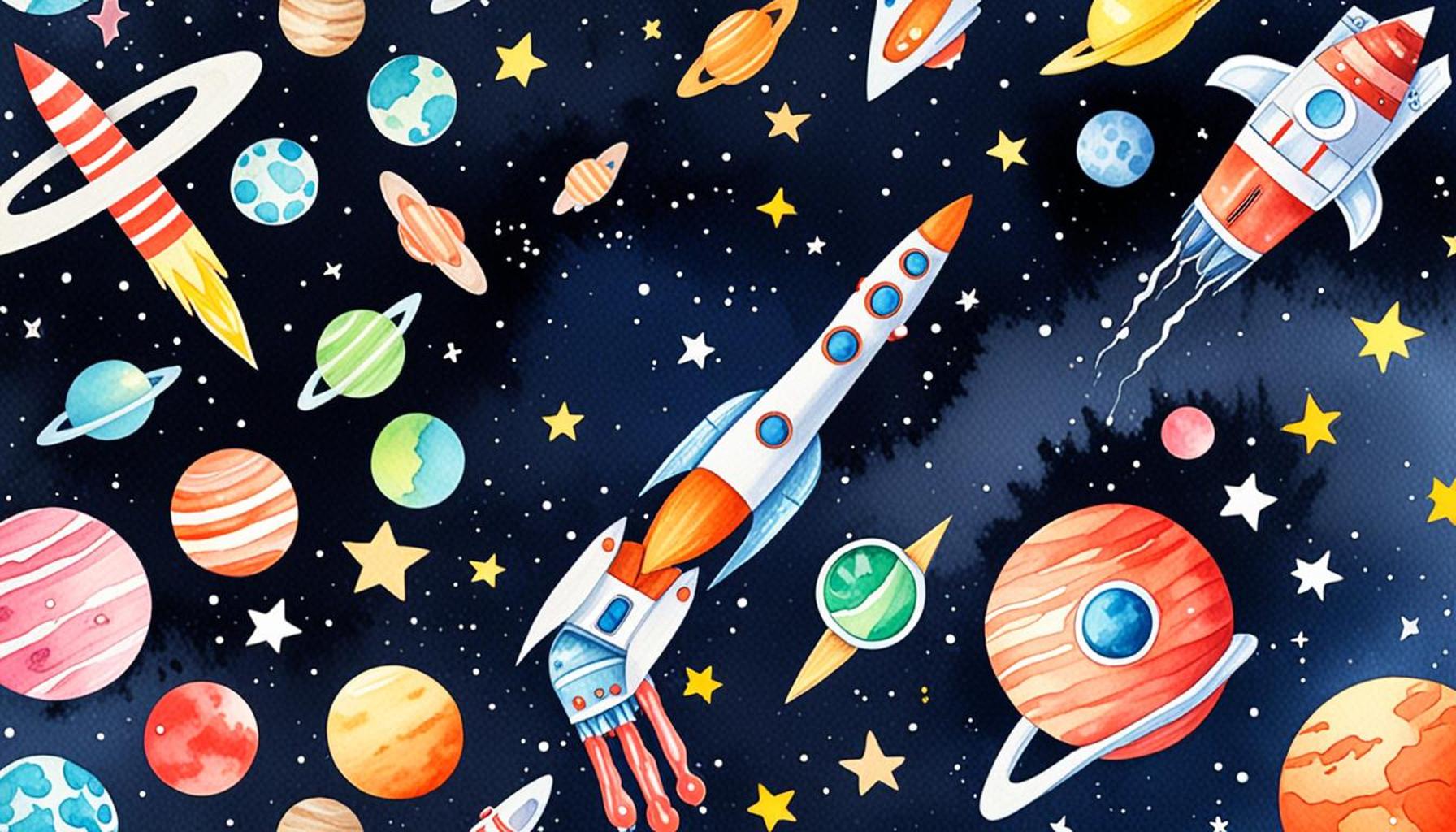The Evolution of Minimalism: How Technology Facilitates Organization and Space Optimization

The Rise of Minimalism in Modern Society
As society grapples with an avalanche of visual and auditory stimuli, the appeal of minimalism has surged. This lifestyle choice promotes a commitment to simplicity, encouraging individuals to declutter both their physical spaces and mental spaces. Emphasizing intentional living, minimalism allows individuals to redirect their focus toward what they value most—relationships, experiences, and genuine well-being.
The evolution of minimalism is vital to understand in the context of our increasingly complicated world. In particular, the role of technology has been transformative, reshaping how we interact with our environment and possessions. This interconnected web of tech-based solutions has ushered in a new era for those looking to embrace minimalism practically.
Innovative Tools for a Clutter-Free Life
One significant component of this movement is the advent of smart organizers. With mobile applications designed to help users keep track of their possessions, plan their schedules, and manage tasks, individuals can streamline their daily responsibilities effectively. Popular apps like Todoist or Tody are not only efficient but also user-friendly, allowing anyone to gain control over their cluttered lives.
Moreover, the concept of space-saving furniture has gained momentum. In urban areas, where living spaces tend to be smaller, innovative solutions like Murphy beds, expandable dining tables, or modular shelving have become lifesavers. Furniture designer companies, such as Resource Furniture, focus on creating multi-functional items that allow individuals to maximize their living areas while maintaining an aesthetically pleasing environment.
The Digital Revolution: Embrace of Cloud Storage
Additionally, the rise of cloud storage has profoundly impacted how we perceive physical space. Platforms like Google Drive and Dropbox offer the opportunity to store vast amounts of data without the physical footprint of printed documents. By digitizing our files, we not only reduce clutter but also enhance accessibility, allowing us to retrieve important information whenever and wherever needed.
The integration of these technologies does more than just declutter our environments; it offers a pathway to enhanced mental clarity. When faced with less physical clutter, we often experience a reduction in mental distractions, leading to increased focus and productivity. This interplay between minimalism and technology invites us to rethink our habits and challenges us to adopt practices that foster both physical and mental balance.
As we explore the fascinating intersection between minimalism and technology, we uncover new strategies for achieving a more balanced and organized life. As you reflect on your surroundings and daily habits, consider how embracing minimalism, supported by technological advancements, can lead to a complete transformation of your space and mindset. Delve into this journey of simplicity, and discover the profound impact it can have on your life and surroundings.
DIVE DEEPER: Click here to discover eco-friendly techniques
Rethinking Space: The Convergence of Minimalism and Technology
The modern world is a labyrinth of excess, with individuals often drowning in the weight of material possessions. As a response to this chaos, minimalism has emerged not just as a lifestyle choice, but as a powerful philosophy that advocates for simplicity and intentionality in every aspect of life. At the forefront of this movement is the influence of technology, which provides innovative solutions that help streamline lives and optimize spaces. This synergy between minimalism and technology is reshaping the way we approach living and working environments.
In an age where consumerism reigns supreme, the burden of ownership can feel overwhelming. The proliferation of technology offers tools that encourage us to let go of what no longer serves a purpose. Consider the following ways in which technology is enabling a minimalist lifestyle:
- Smart Home Devices: From smart speakers to automated lighting systems, technology has introduced devices that manage our home environment with minimal fuss. These devices not only enhance convenience but also reduce the need for multiple gadgets cluttering our spaces.
- Virtual Reality (VR) Planning Tools: Use of VR applications has revolutionized interior design. Users can visualize how minimalist designs can transform their spaces without the physical clutter of trying multiple furniture pieces.
- Digital Wardrobes: Fashion apps that track clothing items help users maintain a capsule wardrobe, promoting the idea of owning fewer, high-quality pieces while still ensuring variety and style.
Beyond these innovations, technology has bolstered the minimalist movement by fostering a culture of sharing and collaboration. Platforms such as Airbnb and Zipcar encourage individuals to share resources rather than own them outright, further reducing the need for physical possessions. As a result, the pressure to accumulate has diminished, allowing for a more conscious consideration of what is truly necessary.
Personal Organization: The Digital Declutter
Another facet of this evolution is the role of personal organization tools. Apps designed to enhance our productivity and keep our lives orderly have exploded in popularity. Features such as reminders, project management boards, and goal trackers help individuals prioritize their time and energy, aligning perfectly with the principles of minimalism. These digital tools not only aid in organization but also serve as a means to eliminate distractions, fostering a focused mindset.
Research indicates that maintaining a well-organized environment can lead to enhanced cognitive function and reduced stress levels. The interplay between technology and minimalism seems almost symbiotic; as we rid ourselves of excess, we create space for clearer thinking, setting the stage for personal and professional growth.
The intersection of minimalism and technology is a captivating exploration of how we can redefine our living spaces and enhance our overall well-being. Each technological advancement brings us one step closer to a world where simplicity reigns, urging us to reconsider our material dependencies and embrace a lifestyle of purpose and meaning. As we delve deeper into this interplay, it becomes evident that technology is not hindering our minimalist aspirations; rather, it is paving the way for a beautifully simplified existence.
| Advantages | Impact on Daily Life |
|---|---|
| Enhanced Clarity | Less clutter leads to improved mental focus and productivity. |
| Easy Access | Technological tools allow swift retrieval of essential items and information. |
| Space Maximization | Efficient organization systems make better use of available space. |
| Sustainability | Encourages conscious consumption through digital organization. |
In exploring the evolution of minimalism, one finds that technology serves as a pivotal ally in organizing our environments. The digitization of lists, reminders, and schedules not only clarifies our daily tasks but transforms our perception of space. Home automation systems streamline functions, allowing us to live within less cluttered surroundings, where every element plays a crucial role. The reduction of physical possessions in favor of digital tools facilitates micro-living—an area experiencing substantial growth.Moreover, innovative apps and platforms dedicated to organizing information and personal belongings optimize our time and space. Picture a smartphone serving as a virtual planner, minimizing the need for physical items while enhancing utility. Each adjustment towards minimalism, encouraged by technological advancements, promotes sustainability, making us reconsider our consumption patterns. This convergence of minimalism and technology not only benefits our personal lives but also perpetuates a broader cultural shift towards more mindful living.
DIVE DEEPER: Click here to discover innovative storage solutions
Transforming Mindsets: The Role of Community and Global Connectivity
As minimalism evolves, it increasingly relies on the power of community and global connectivity. Social media platforms and online forums have become pivotal in sharing minimalist philosophies, practical tips, and inspiring stories that motivate individuals to reassess their own lives. The collective journey towards simplicity is now a shared experience, transcending geographical boundaries and bringing together like-minded individuals. This online community fosters a sense of belonging and accountability, which encourages many to embrace a minimalist lifestyle.
One of the most engaging aspects of this development is the rise of dedicated minimalist influencers on platforms such as Instagram and YouTube. These figures share content that ranges from decluttering hacks to personal anecdotes regarding their journey toward minimalism. Their narratives highlight not only the benefits of a simpler life but also provide tangible strategies for overcoming emotional attachment to material possessions. As a result, newcomers to minimalism can draw inspiration from diverse experiences and gain insights into practical minimalism without feeling overwhelmed.
Moreover, podcasts have emerged as a popular medium for discussing minimalist principles and technology’s role in facilitating this lifestyle shift. Programs like “The Minimalists” explore how technology can be both a tool and a potential distraction in the quest for simplicity. For instance, the dialogue surrounding smartphone use underscores the paradox of technology, where devices designed to simplify communication can paradoxically contribute to cognitive overload. Addressing these contradictions fosters a sense of awareness that can inform conscious technology use, further aligning it with minimalist objectives.
Online Tools for Effective Decluttering and Organization
In the digital age, tangible decluttering is complemented by virtual decluttering, which entails organizing digital spaces that can often become just as overwhelming as physical clutter. Tools such as cloud storage services, note-taking apps, and digital filing systems promote the systematic handling of digital data, allowing users to effortlessly access and manage information. By implementing a disciplined approach to digital organization, individuals can cultivate a calmer and more focused workspace—a fundamental aspect of minimalism.
The rise of subscription services also plays a significant role in facilitating minimalism. Services like Netflix and Spotify provide a vast array of options while eliminating the need to physically own DVDs or CDs. This model shifts the focus from ownership to access, aligning with minimalist principles by allowing users to enjoy a wealth of experiences without the burden of excess. Ultimately, this transition fosters a sense of freedom as people embrace a more intentional relationship with consumption.
This move towards digital minimalism is further accelerated by the growing popularity of productivity methods such as the Pomodoro Technique and Getting Things Done (GTD). These frameworks encourage individuals to prioritize tasks, minimize distractions, and break down projects into manageable segments. With supportive technological tools at play—such as timers and to-do lists—it’s now easier than ever to cultivate a productive and clutter-free environment, enhancing focus and efficiency in both personal and professional arenas.
As technology continues to advance, it is clear that its role in reinforcing minimalist ideals cannot be underestimated. The convergence of community engagement, innovative online tools, and the shift towards access over ownership is radically reshaping our understanding of organization and space optimization. By embracing technology in concert with minimalist values, individuals are finding new pathways to create more harmonious and intentional living spaces.
DISCOVER MORE: Click here to uncover your organizing potential
Conclusion: Embracing the New Age of Minimalism
The journey of minimalism has transformed dramatically in the wake of technological advancements. As we navigate through this evolution, it’s undeniable that the tools at our disposal play a pivotal role in how we approach organization and space optimization. From digital decluttering through cloud storage to the rise of subscription services that prioritize access over ownership, modern technology intertwines seamlessly with minimalist values, offering individuals a pathway to a more focused and intentional lifestyle.
The role of community cannot be overlooked in this narrative. With the interconnectedness fostered by social media and online platforms, people are increasingly exposed to a wealth of experiences and strategies that demystify the minimalist lifestyle. Minimalist influencers and podcasts provide vital resources that empower individuals to engage meaningfully with their possessions and priorities. These digital spaces summon a collective consciousness that transcends physical boundaries, making minimalism a shared experience of growth and awareness.
As we look towards the future, the challenge remains to find balance. While technology can streamline our lives, it also poses the risk of distraction and excess. By consciously utilizing tools that promote simplicity and clarity, individuals can better curate their environments and, ultimately, their lives. The evolution of minimalism reflects a profound shift in how we value space and belongings, encouraging us to cultivate a lifestyle that harmonizes with our deepest needs for purpose and fulfillment.
In conclusion, the exploration of minimalism in the context of technology invites us to consider not just what we own, but how we choose to engage with our world. As we embrace these new paradigms, we uncover the potential for a richer, more meaningful existence that prioritizes quality over quantity, accessibility over clutter, and connection over consumption.


